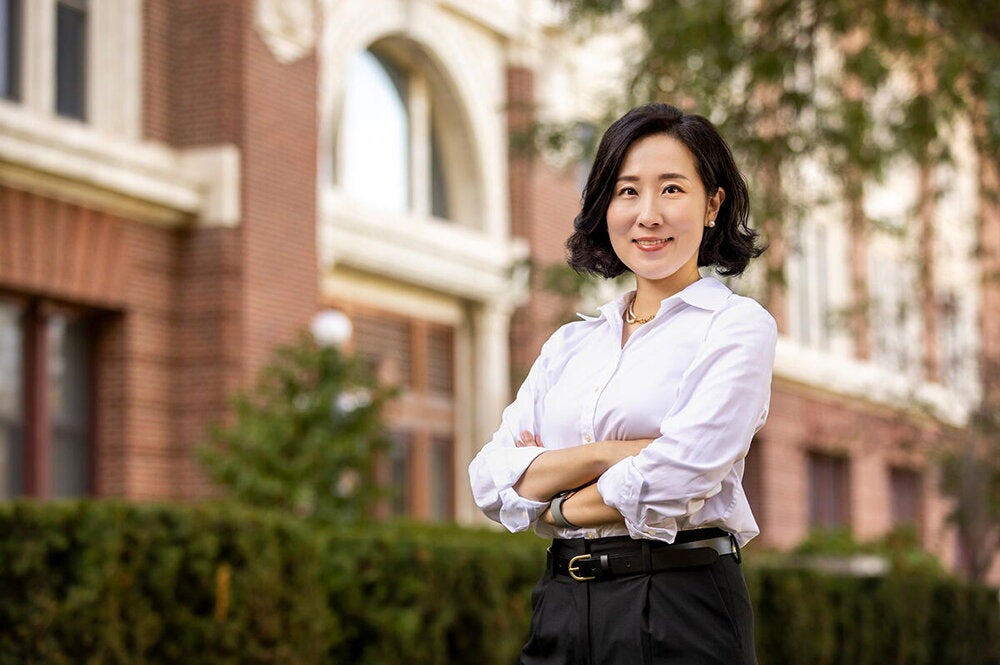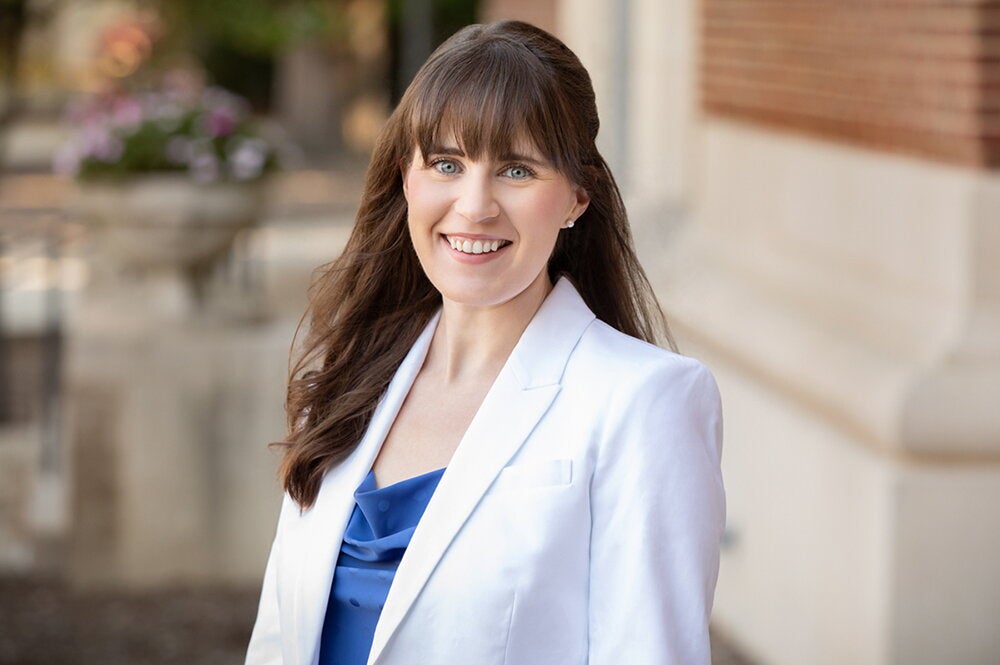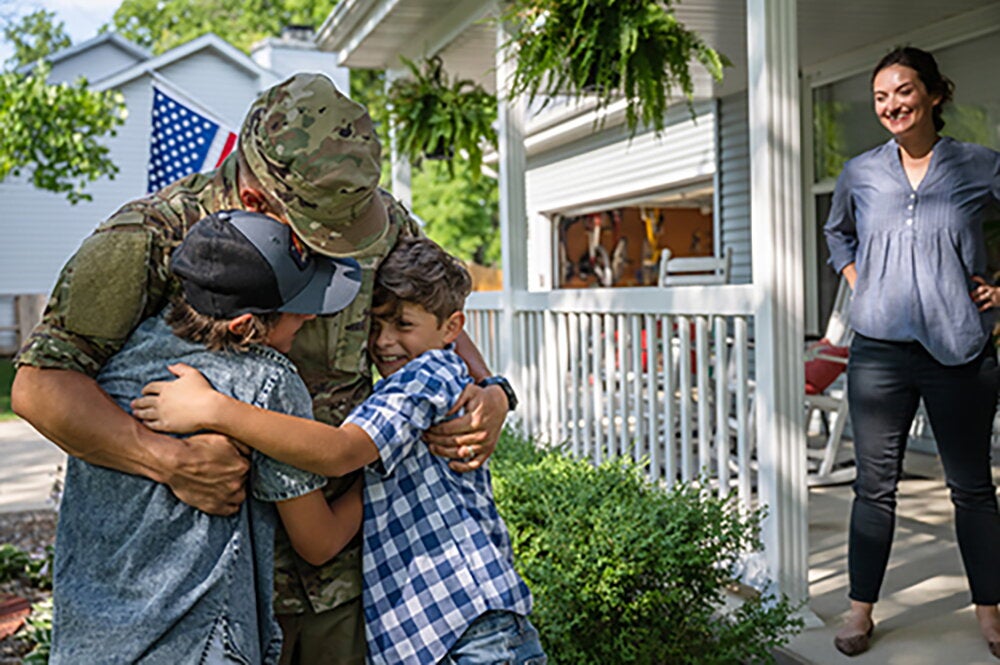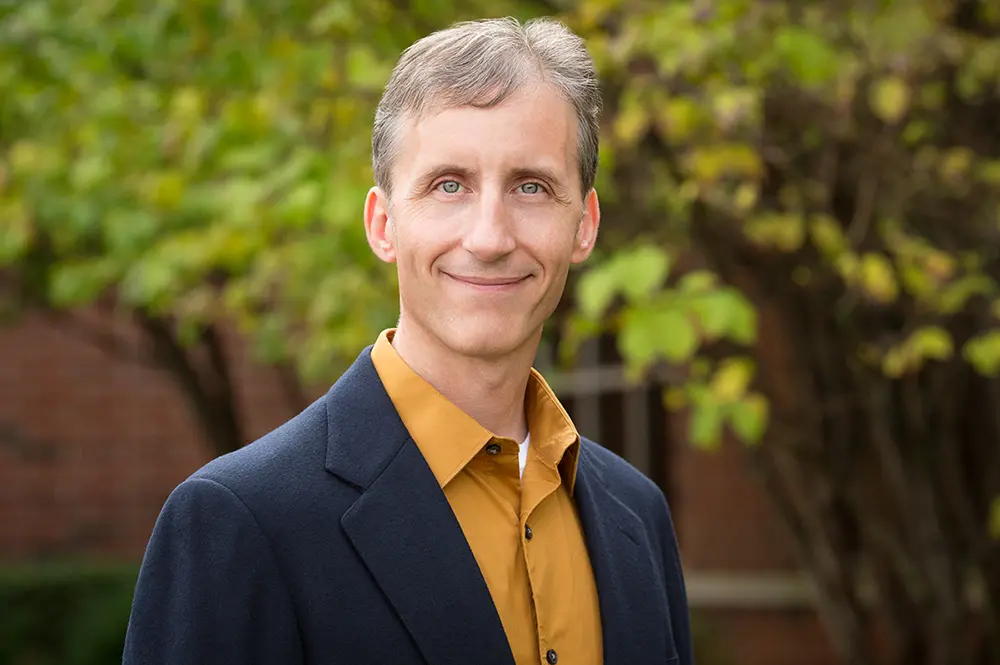
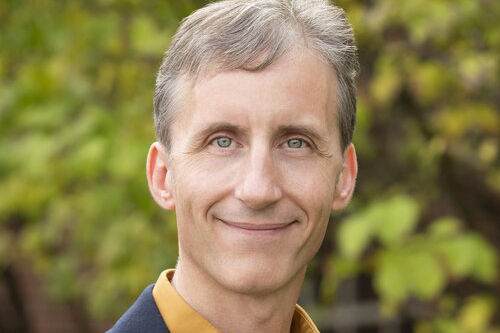
The Cline Center for Advanced Social Research’s Coup D’état Project categorized the storming of the U.S. Capitol on Jan. 6, 2021, as an attempted coup – specifically, an “attempted dissident coup.” Scott Althaus is the director of the Cline Center, a nonpartisan research center at the University of Illinois Urbana-Champaign with more than a decade of experience in systematically categorizing acts of protest and political violence. Althaus, also a professor of both political science and communication at Illinois, spoke with News Bureau business and law editor Phil Ciciora about defining the events of that date.
The Cline Center’s current classification of Jan. 6, 2021, is an “attempted dissident coup.” How did the center arrive at that classification?
In our initial assessment issued Jan. 8, we clearly saw that three of the five criteria for a coup-type event were met as defined in our Coup D’état Project codebook. But the remaining two we weren’t sure of, mainly because we were trying to keep up with the flood of ongoing reporting from the news media to assess whether any additional classifications might be warranted. It wasn’t until Jan. 27 that further clarification of these remaining questions led the Cline Center to issue a second assessment that labeled it an “attempted dissident coup” according to our project definitions.
What was unusual was that we were trying to perform this assessment very soon after the event itself, which is not how we normally operate. Typically, we look much further in the rearview mirror, historically speaking, which usually crystallizes certain actions because a lot of the uncertainties get shaken out over time. We were also challenged by the extremely complex nature of the specific actions that constituted the event. It was not just one group that stormed the Capitol. It was lots of different groups of people who were involved. It is very clearly the most complex event that we have yet evaluated for the Coup D’état Project, which has a strict set of definitions and procedures to follow for our researchers to help classify these kinds of occurrences.
And I can assure you that, in my role as director of the Cline Center, I never expected that our Coup D’état Project was going to have a credible case showing up in the U.S. It’s an unfortunate reality of the political division and mistrust that we have today.
With all that we’ve learned about Jan. 6, does that classification still hold one year later?
Event classifications in our Coup D’état Project can change over time as new information emerges about particular cases. It’s unclear whether our ongoing analysis of the Jan. 6 event will eventually add more subtypes beyond the current “attempted dissident coup” classification, but adding more categories isn’t off the table. The attempted dissident coup baseline categorization won’t change. There’s clearly a lot of evidence for that. The question is whether other categories might become relevant.
If ongoing investigations by legal authorities, Congress or news organizations reveal credible evidence that other types of actors were involved, then the Jan. 6 event might also fall into one or more additional categories of attempted coup d’état. For example, if further investigation were to reveal clear evidence of executive branch involvement, then the actions of Jan. 6 would also be considered an “attempted auto-coup.” Under Cline Center definitions, an auto-coup occurs when “the incumbent chief executive uses illegal or extralegal means to assume extraordinary powers, seize the power of other branches of government, or render powerless other components of the government such as the legislature or judiciary.”
Auto-coups have happened with some frequency in South America, and they typically involve an executive who is in power but is trying to use irregular means to sustain that power beyond what is legally mandated. It’s unclear at this point whether that definition is going to come into play for Jan. 6. But certainly the Cline Center analysis team is keeping a close eye on the congressional investigation going forward, as well as on continuing news reporting.
Speaking from the perspective of a political communication scholar, how has news coverage shaped public perceptions about Jan. 6?
As additional information emerges in news media coverage of an incident like this, people who are paying attention to that information may well be updating their understanding of what occurred. But there’s a very clear consensus in the social scientific literature that when people have very strong starting opinions, the typical evolution of that information-processing effort is mainly to confirm the belief that they started with and to become even more entrenched in that belief, regardless of what the new information is actually saying.
Basically, ongoing news coverage tends to reinforce the opinions that people already hold, regardless of what is being reported. We see this across the spectrum of politically contested things – election results, policy issues, evaluations of politicians and so on. When people have strong opinions on political matters, the likelihood that any new piece of information by itself would change their mind tends to be very low. It becomes lower still when trusted opinion leaders are also making strong claims about how to interpret events, which is happening in this case. And of course, we have this polarized media ecosystem today where different parties are anchored in their own echo chambers.
It’s pretty clear that our highly polarized society is having a highly polarized response to new information coming out about Jan. 6. That means the outcome of this congressional investigation is unlikely to dramatically change anyone’s perceptions about what happened that day. Just as we saw with the impeachment hearings of President Trump, the Jan. 6 committee hearings are unlikely to move the needle of public opinion all that much.
But I also think that the history of political polarization in the U.S. can give us some hope because these tendencies tend to ebb and flow over time. We can look forward to a time when we’re less polarized than we are today, when we’ll be able to look back on these occurrences with a different perspective. And I sincerely hope that time comes soon.
